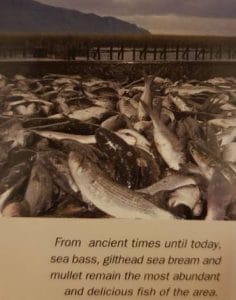 Boats travelling from Dalyan to the Iztuzu Beach pass through the gate of a fish trap constructed of gauze stretched between poles, so as to block the fishes from one side to the other. A “Dalyan” in fishing terms, is controlled by a watchman’s post, before boats enter the delta’s labyrinth of reed islets and complicated waterways. It is customary to salute the fish trap watchman while going in and out of this gate, which is sunken below to provide passage for the boats and raised back in place immediately after the boat has passed.
Boats travelling from Dalyan to the Iztuzu Beach pass through the gate of a fish trap constructed of gauze stretched between poles, so as to block the fishes from one side to the other. A “Dalyan” in fishing terms, is controlled by a watchman’s post, before boats enter the delta’s labyrinth of reed islets and complicated waterways. It is customary to salute the fish trap watchman while going in and out of this gate, which is sunken below to provide passage for the boats and raised back in place immediately after the boat has passed.The sea fishes, bass, gilthead seabream and mullet species spawn at the mouths of rivers and brooks that flow into the sea or at lakes and lagoons connected to these. Eels, on the other hand, live in freshwater, but go to the sea to spawn. The most ancient and efficient method of catching a large number of these fish shoals during their periodic migrations, is the use of fish traps. Fish shoals intercepted by closing the trap are directed towards pools surrounded with mesh and nets that are called “kuzuluk”( fish barrier), and then gathered using large nets.
The origins of this method date back to 12,000 years ago. Another ancient method still in use today for preserving the surplus of fishing as food was drying, smoking or salting. Köycegiz village and the Dalyan River and its Delta all present the ideal conditions for trap fishing. The ancient city of Caunos took advantage of this opportunity, was famous for the taste of the salted and smoked fish it exported to the Ancient Mediterranean world.
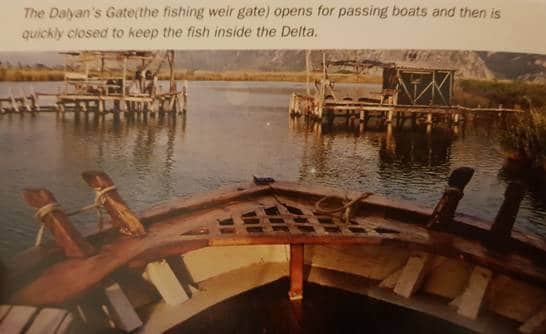
The question “where did the ancients install their dalyans(fish traps)?” is not possible to answer precisely owing to our gaps in knowledge of those days. However, the Sulungur lagoon which was formed when the southeast end of the bay was cut off from the shore where it was founded, turned into a plain and marshland by getting filled with the silt and gravel carried by the Dalaman river. It is here that it was presumed to be as it is most suitable place for an ancient fish trap. Also, the fact that Caunos had a saltworks with a small salt lake very close to the city must have provided them with the means for immediately drying or salting a large amount of caught fish to make ready for sale. The Sulungur Lake comprises an important part of the present fish trap facilities as well. The lagoon that is protected with a fish trap door installed on the channel that connects the lake to the Delta is a reservation area where a fishing ban is implemented today in order to allow the fish to reproduce. During the centuries-long process in which the system of lagoons turned into swamps and later into alluvial plains, fish trap facilities underwent necessary relocations and the operating permits were modified according to the conditions of the time. Ottoman records indicate that the local Greek population was granted permission to install and operate fish traps at the point where the Dalyan river connects to the Köycegiz Lake, and that the landed fish would be salted and exported (Karaagaç-2006). This fish trap was abandoned probably after the emigration of the local Greek population, due to the chaos of the Great War or during the subsequent population exchange. After a long period of time, in 1945, new fish traps and fish rocessing facilities were installedin the marketplace of the Dalyan town by stretching reed fences between wooden poles. This fish trap that was first operated by individuals was later transferred to DALKO (Dalyan Fisheries Cooperative), founded in 1971, as a 15 member organization, renovated in 1977 using wire mesh stretched between concrete poles. However, these facilities failed to yield much produce due to a wrong choice of place and was brought to the Harabeler Mevkii, its present location, by the cooperative.
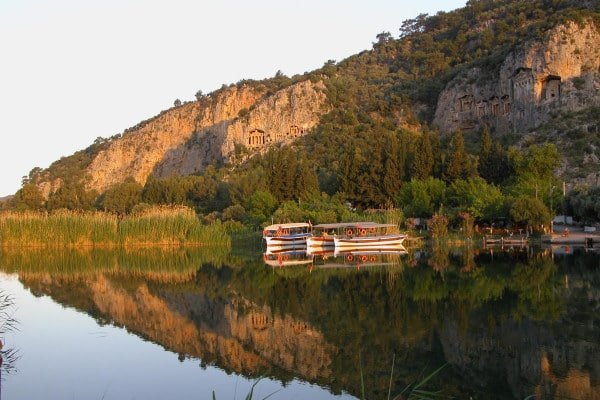
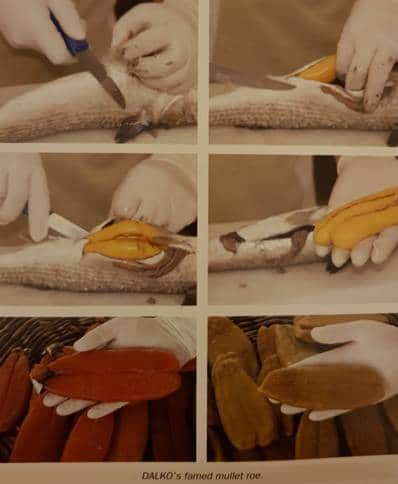
Source: Koycegiz – Dalyan A Journey Through History Within The Labyrinth of Nature, (pages: 48-51), Altan Türe, 2011, Faya Kültürel Yayınları

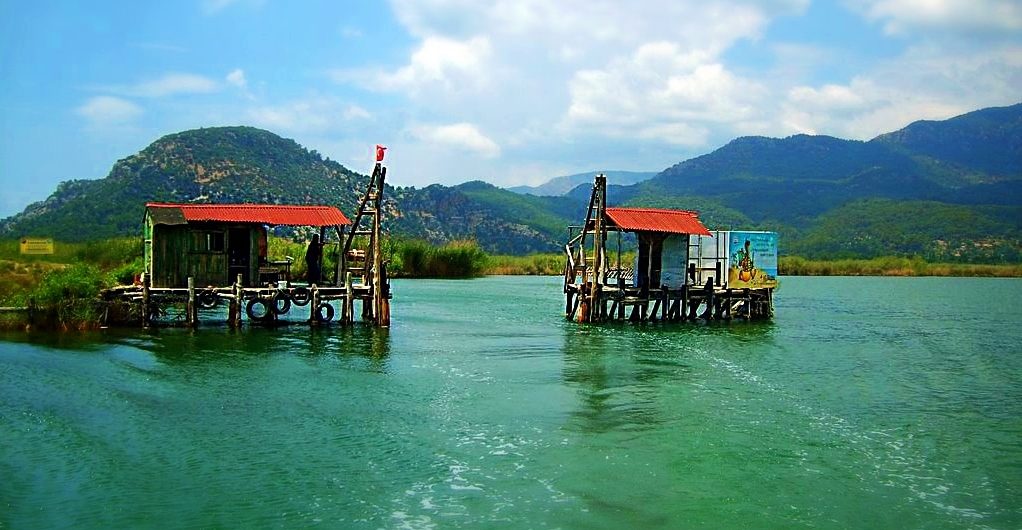
Comments